
Job Hunting in Japan
You might think that finding a new job is pretty much the same in any country. You generally find an advertisement for a job you want to do with a specific job description, listing the skills required for that position etc. You then send in a CV and Cover Letter highlighting your key skills and how they are applicable to what is required from the role. You will have an interview, usually one, maybe two at the most and if it is a specific skilled based job such as translation, some sort of work related ‘trail’. This is what I perceived ‘job hunting’ as and how most of my friends in the UK, America and other parts of Europe went about applying and getting their job.
Also here in Japan, when you apply to most (not all) gaishikei (foreign company in Japan) it essentially follows the same pattern as above. My own internship application to Mercedes Benz R&D Japan followed the above process to the Tee.
However if you are applying to a Japanese company, especially if you are going to be/are a new graduate, then the process is completely different and actually EXTREMELY confusing and long. Perhaps the biggest difference with ‘job hunting’ in Japan (called shuushoku katsudou or shuukatsu for short, cause shuushoku katsudou is a ridiculously long word!) is the fact that you are essentially not actually hunting for a ‘job’ but a ‘company’. The reason being that when you apply and are hired, you will often have no idea what job you will be doing in the company! Which makes it damn hard to sell yourself! Also most of the time when you are applying to a Japanese company it is under the assumption that you will work their for life, though more recently there is an increase in people changing jobs in Japan.
So the average Japanese University student will start job hunting….wait for it…..at least a full 14 months before they are scheduled to graduate. Yep, talk about forward planning. The reason being that you have to jump through certain unavoidable ‘hoops’. Even if you are the most skilled, highly desirable candidate generally there is no way of avoiding this.
So what does the average job hunting route entail?
Advertisement from a suit company that are ‘supporting’ those job hunting. Their site giving tips on how to wear a suit ‘correctly’ because it is surprisingly complicated apparently.
Setsumeikai
The first main event on the long road to employment is the setsumeikai (company presentation) which is held at the company HQ or at a job fair. The setsumeikai is exactly what it sounds like, a 40-90 minute presentation about the company. They will go over the history, main policy, key industries, future plans and hiring schedule (the last bit being the only bit 99% of people actually want to know anyway). Depending on the size of the crowd, there may be some Q&A and some company people ‘surveying’ the attendees. This means that you can’t just zone out and switch off, unless you want to be asked something that you didn’t hear and so unable to answer in front of the 100s of people and possible future employers. This can be especially mentally draining when you are attending a job fair and visiting around 8 companies in a day. Starting at 08:30 and finishing at 18:00 with no break.
After the setsumeikai you will probably be feeling pretty pumped (assuming the company ticked all your boxes) and want to hand them your CV or take an interview! Ready to convince them that you are the Neo to their Matrix. That you are THE ONE! But hold your horses sally! Despite the fact that you are taking this setsumeikai around Dec of your 3rd year at university most companies won’t even ACCEPT your application (or to give its correct term Entry Sheet) till March next year a full 3 months down the line! There is no skipping this queue sir. For the next months you will be following a very rigid, time specific hiring schedule together will all the other 100s of people applying with you. So it is only after all the main setsumeikais have ended that they will accept any entry sheets. I mean that is the only fair way to do it….right?
Here is a video from December 2012 of 3rd years who are expected to graduate in 2014 going to Setsumeikai beginning their long road of job hunting
Entry Sheet
So you have been patient. Done your research (maybe) and it is finally March when they are willing to accept an Entry Sheets. So what is an ‘Entry Sheet’, isn’t it just another word for CV? Nope, it is actually rather different. As most people know a CV is generally a very precious, to the point, concise piece of literature. You will list you main skills, employment if any, together with what your role and tasks were. There is an example of my old pre-Japan CV (not saying it’s the perfect example or anything!) in the Applying for a Working Holiday Visa from the UK post for anyone that wants to see what I am talking about and personally consider to be a typical CV.
In an Entry Sheet while you will often have a brief space to write about any work and school history, the focus is much more on ‘stories’. The questions you are often asked or can choose to write about are What is you greatest strength? Greatest weakness? What is your motivation for applying? Tell us about an experience you have had in regards to failing and so on. The Entry Sheet is essentially combining a cover letter with the traditional CV, but the format and questions are very much fixed. They are also slightly misleading in the sense that though a questions might say What is your weakness? you don’t want put something like I procreate too much (i.e. the truth) but instead I am too much of a perfectionist or I have high expectations and too hard on myself (i.e. stretching the truth a little bit). They take a lot of time to fill out, must be personalized to an extent for each individual company (while you might not know what specific jobs they have at the company hopefully through research you’ll know the kind of people they are after so can stress that trait in the answers) and here is the real kicker, generally must be hand written. Yes you heard me right, the most technical advanced country in the world (ish) and we are handing writing Entry Sheets. Not only that, they must include a colour picture. One that has been properly printed from a shop or kiosk (looks are important after all). This means that you are contributing considerable time and in some respects money (those damn pictures are pretty expensive) into every company you are applying to.

Why so serious? Any example of the kind of picture to be used on an Entry Sheet. This being specifically the one I used myself.
While we are inching every closer to employment there are still many hoops left to jump through. Part two of this article which will be posted on Friday and will look at the remaining steps as well as touch on the question….what happens if you fail at the last hurdle after spending all those months applying? Never a pretty sight.
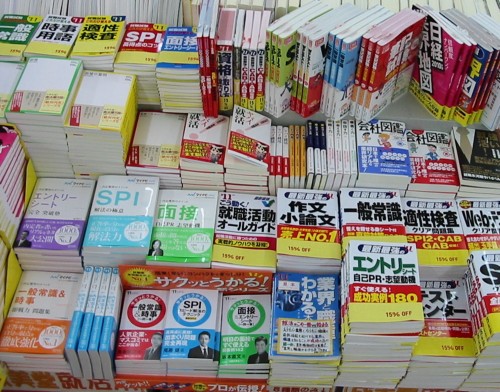
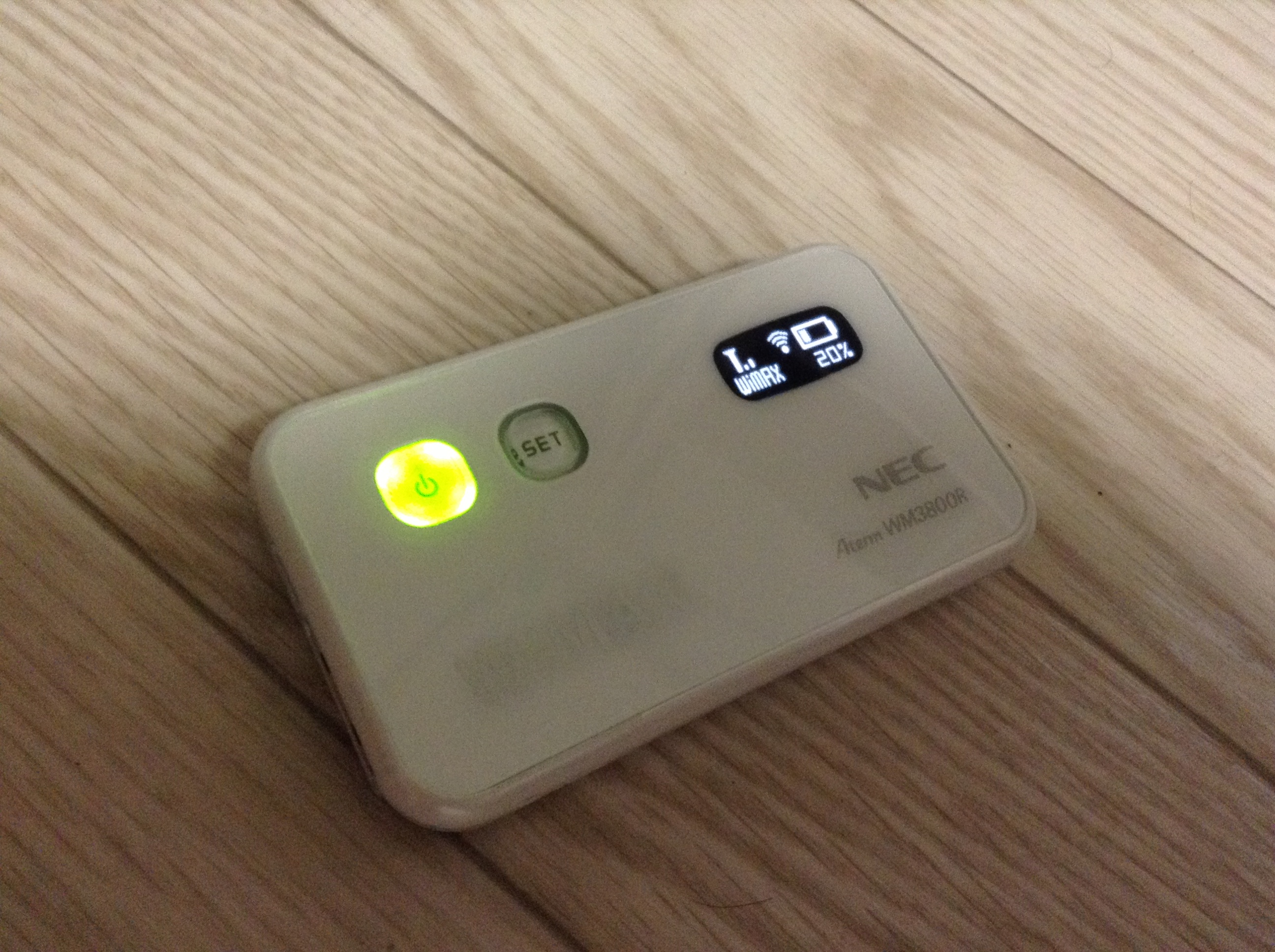
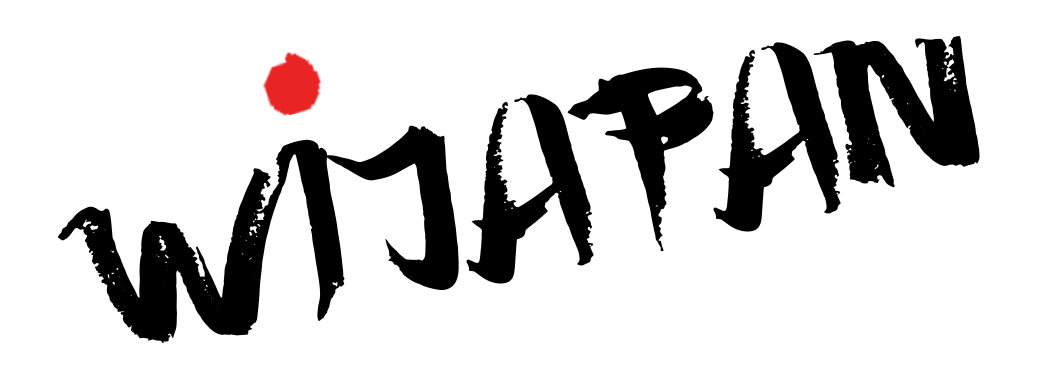
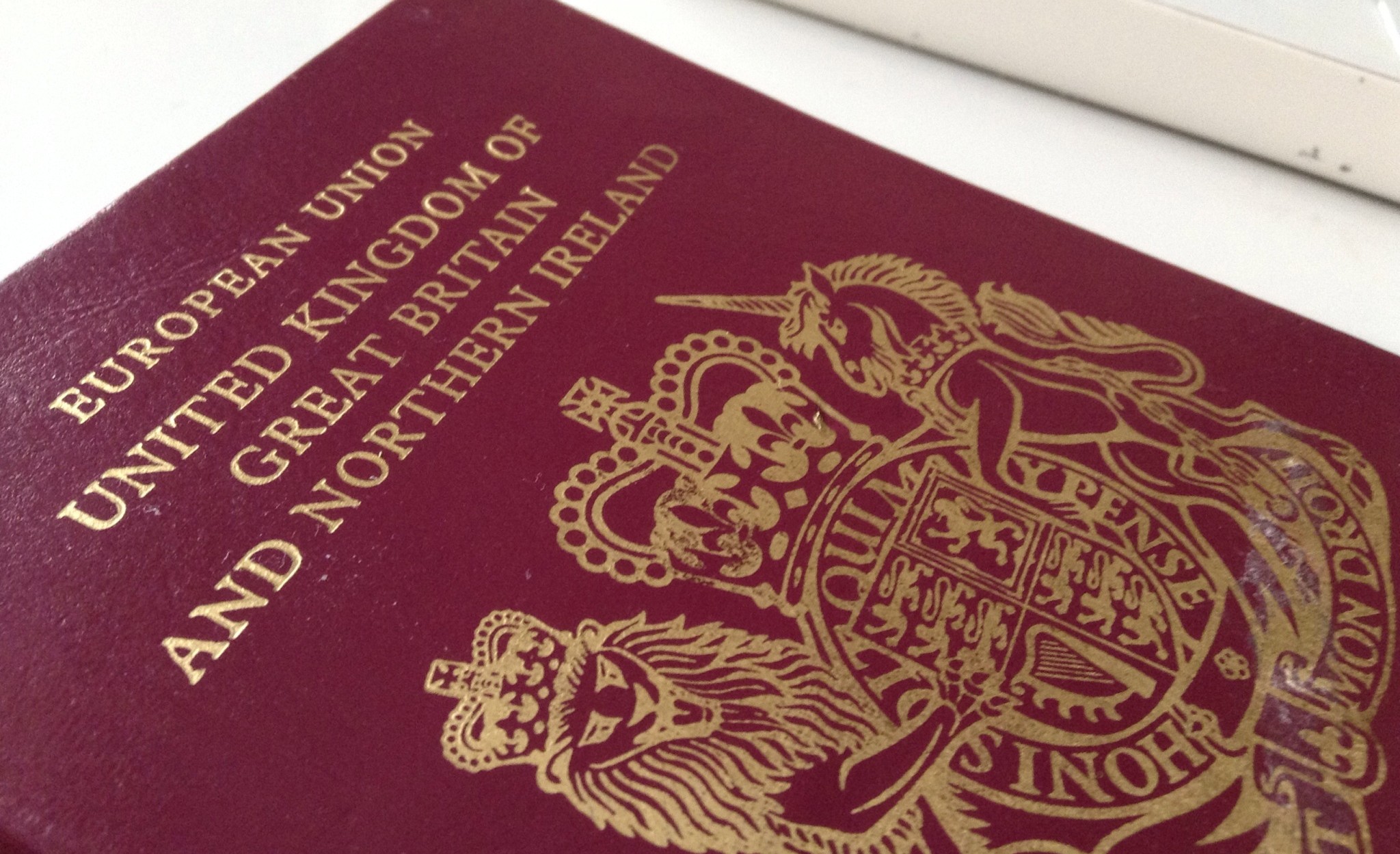
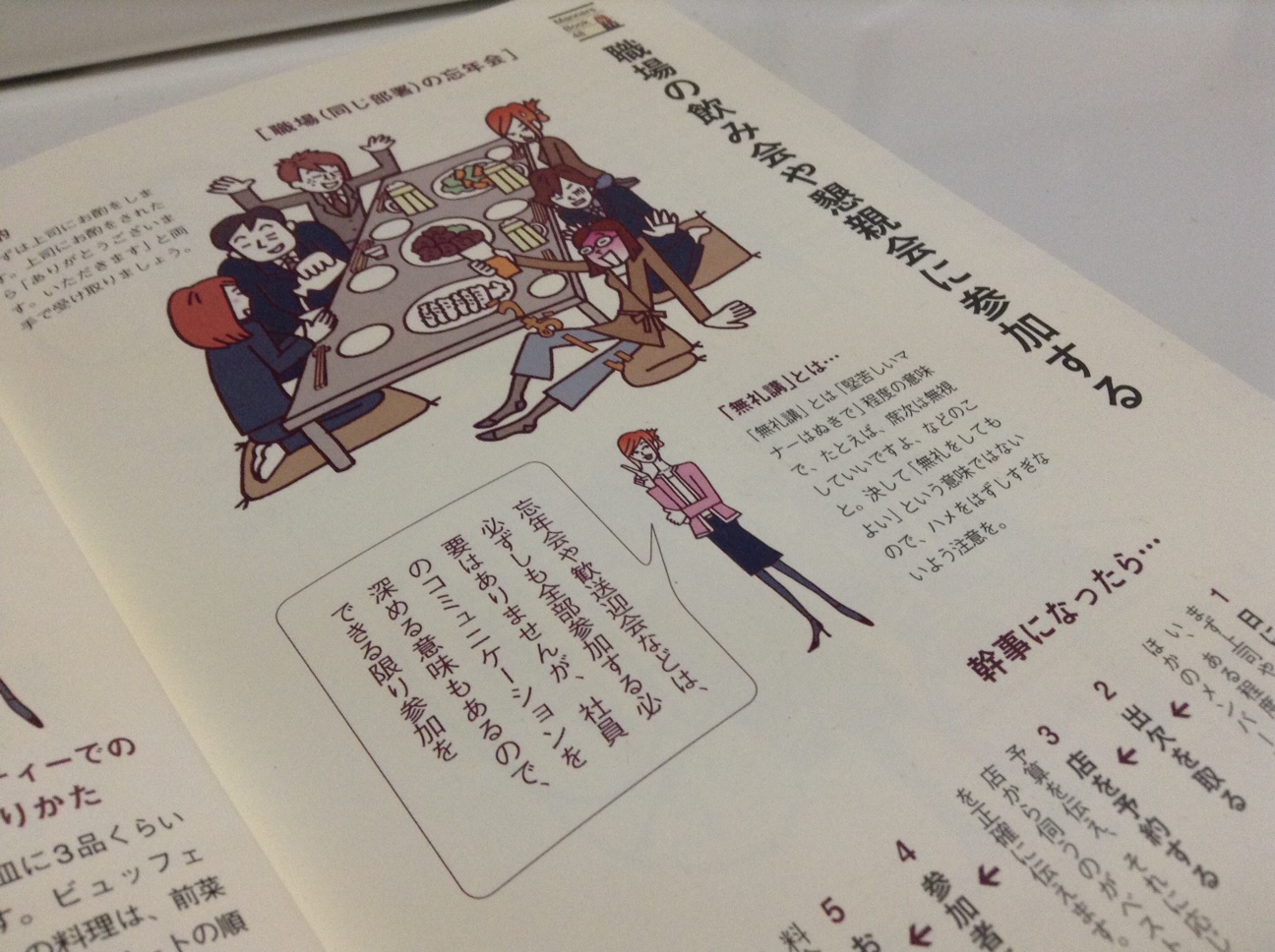
One Comment
Mintu das
Very nice japan i am interested plees help me job japan vest cuntery!